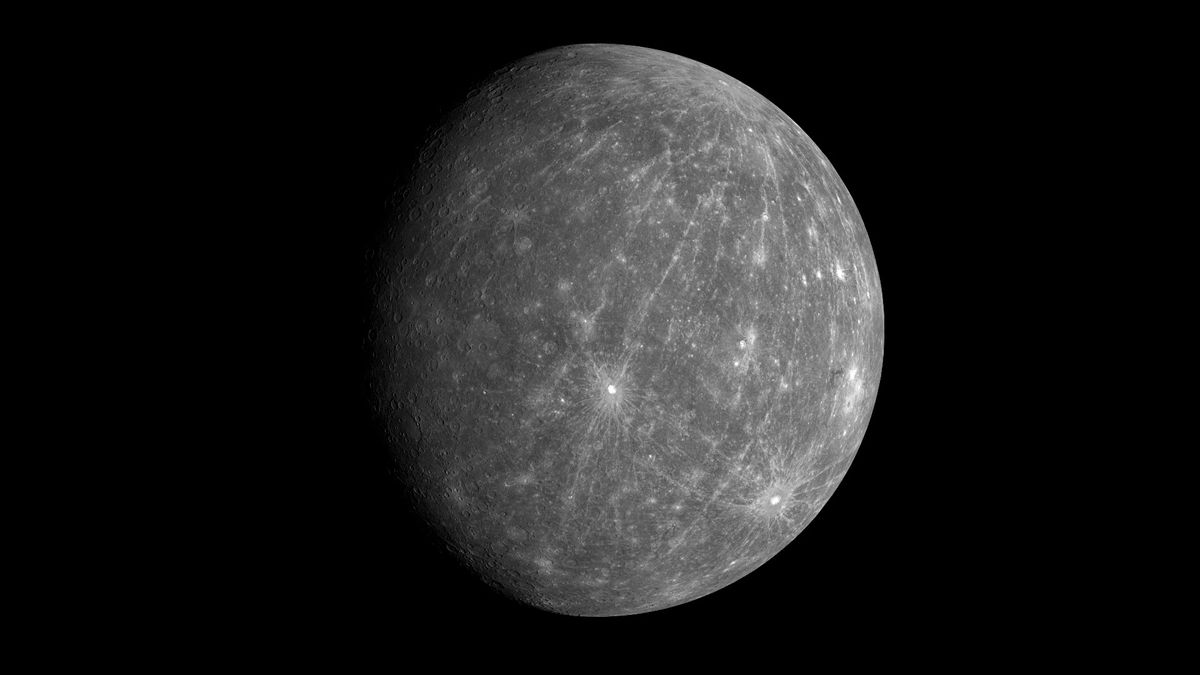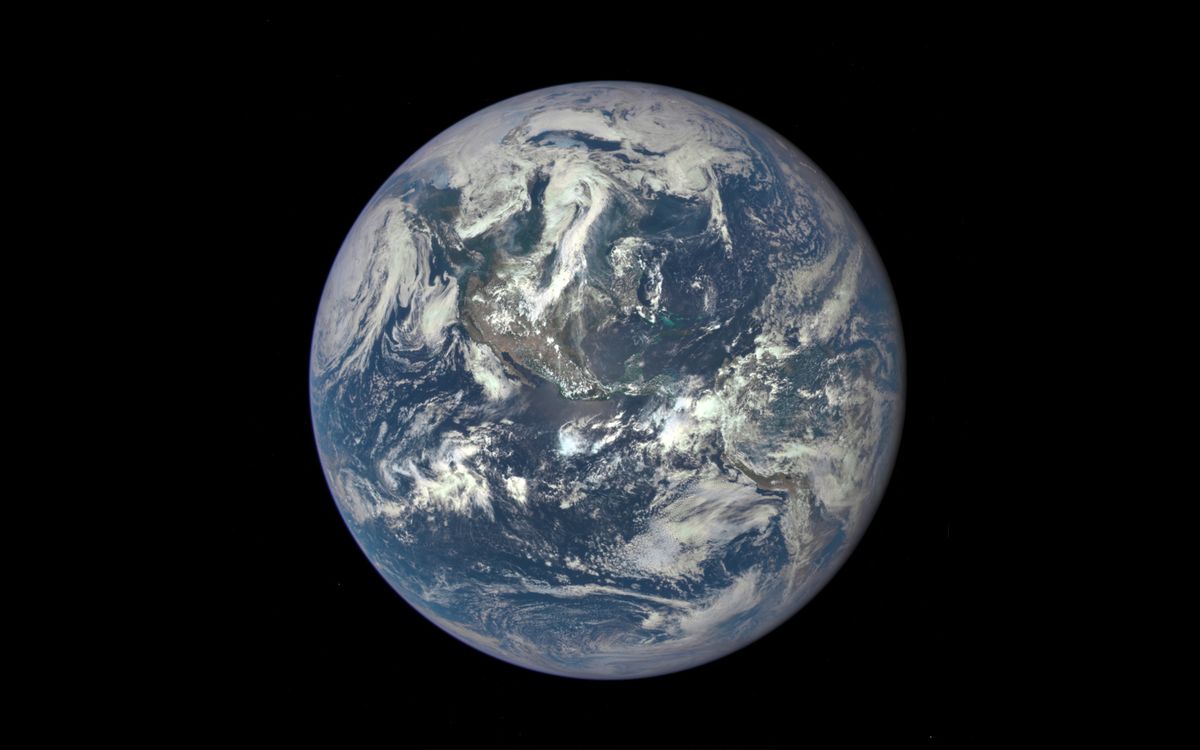The Elusive Planet Mercury: A Different Perspective
If there is one thing that has bothered me the most in more than 50 years of involvement in astronomy outreach, it is the way that most astronomy books give the impression that the planet Mercury is a very challenging, if not almost impossible object to see. It has, in fact, earned this planet the nickname as the “elusive planet.”
As expressed in a passage from the book “The ABC’s of Astronomy” by Roy A. Gallant (Doubleday & Company, Inc. 1962), “Mercury is the most difficult planet to observe, has very little to offer, and is difficult to see because it is so small and so close to the sun.”
One must acknowledge that view but also understand that Mercury is not nearly as elusive as it is portrayed. Given the right conditions, knowing when and where to look, and finding a clear horizon can lead to successful observations of this planet, contrary to popular belief.
Understanding Mercury’s Visibility
Mercury is classified as an “inferior planet” due to its orbit’s proximity to the sun, making it seem to always be in the sun’s vicinity from our perspective on Earth. This positioning contributes to the belief that Mercury is challenging to observe, further solidifying its elusive reputation.
However, with precise knowledge of its orbital patterns and the right timing, spotting Mercury in the sky is entirely feasible. Aligning with the sun’s path and having a clear western horizon are essential factors to consider when attempting to view Mercury in the night sky.
The Window of Opportunity
For those residing in the Northern Hemisphere, the present time offers a unique opportunity to witness Mercury in the evening sky until March 31. At about 45 minutes after sunset, Mercury can be easily spotted near the western horizon. With ideal conditions, such as clear skies and unobstructed views, Mercury appears as a brilliantly shining object with a hint of yellowish-orange hue, boasting a notable magnitude of –1.3.
As the days progress, Mercury will continue to decrease in brightness, subsequently approaching its greatest elongation of 19 degrees to the east of the sun on March 24. Positioned about two clenched fists lower-right of Jupiter, Mercury will remain visible after sunset in a dark sky from March 20 to 28, marking its best evening apparition of 2024.
Exploring Mercury’s Characteristics
Mercury, recognized for its swift orbit around the sun, is known for its extreme temperature differentials, ranging from 790° F (420° C) on its day side to -270° F (-170° C) on its night side. This proximity to the sun and unique rotation period of 59 days contribute to Mercury’s distinct characteristics, adding to its allure within the realm of astronomical study.
Furthermore, historical references to Mercury as both “Mercury” and “Apollo,” depending on its appearance in the evening or morning sky, reflect early misconceptions about its dual identity, which has since been clarified by scientific understanding.
Overall, Mercury’s fascinating attributes, coupled with its periodic visibility in the night sky, offer enthusiasts a chance to appreciate and study this mysterious planet firsthand.
Image/Photo credit: source url





